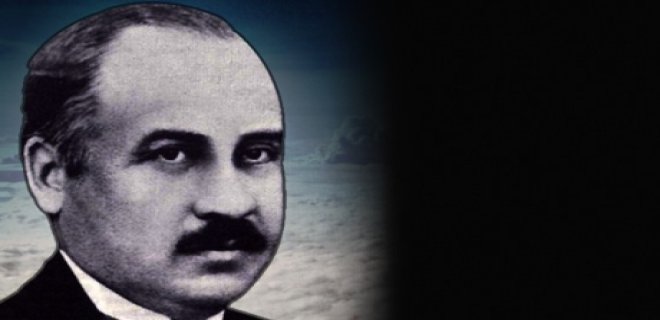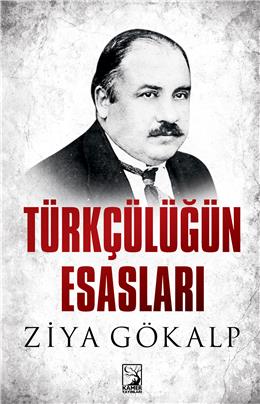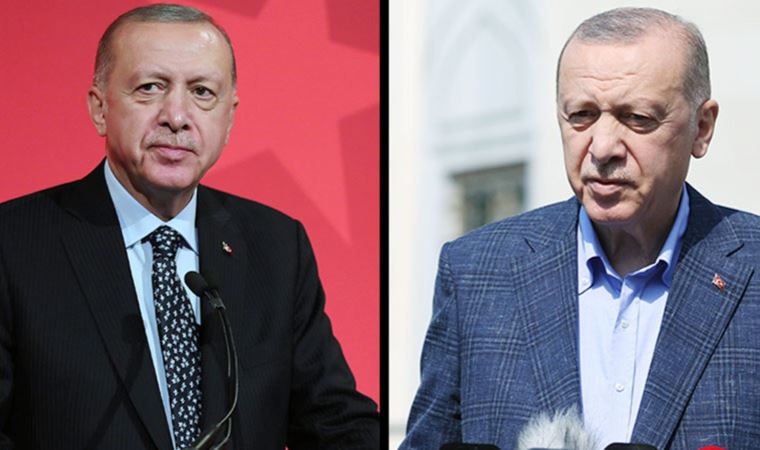

Brill, 1971) Masami Arai, Turkish Nationalism in the Young Turk Era (Leiden: Brill Academic Pub, 1992) David Kushner, The Rise of Turkish Nationalism, 1876-1908 (London: Routledge, 1977) Umut Uzer, An Intellectual History of Turkish Nationalism: Between Turkish Ethnicity and Islamic Identity (Salt Lake City: University of Utah Press, 2016) Tanıl Bora, Milliyetçilik (Istanbul: İletişim, 2002), Hakan M.

Tauris, 2002) Charles Warren Hostler, The Turks of Central Asia (London: Praeger, 1993) Zarevand, United and Independent Turania: Aims and Designs of the Turks (Leiden: E. Holly Shissler, Between Two Empires: Ahmet Agaoglu and the New Turkey (London: I.B. Gün Soysal, 'Rusya Kökenli Aydınların Cumhuriyet Dönemi Türk Milliyetçiliğinin İnşasına Katkısı’ in Tanıl Bora and Murat Gültekingil (eds), Milliyetçilik (Istanbul: İletişim, 2009), pp.42–3.ģ See, for example, François Georgeon, Türk Milliyetçiliğinin Kökenleri: Yusuf Akçura (1876-1935) (Ankara: Yurt, 1986) A. Nationalism in Turkey was politicized in 1903 with the publication of this famous article. He analyzed Ottomanism, Pan-Islamism and Pan-Turkism in his famous article titled Üç Tarz-ı Siyaset. Ever since, Turan has become a significant symbolic conceptual tool that has fired the imaginations of Turkic nationalists (without, yet, having led to the establishment of a serious political movement).ġ Ismail Gasprinski/Gasprinsky (Crimean Tatar: İsmail Gaspıralı) (1851-1914) was an intellectual who is considered to be one of the founders of Pan-Turkist movement, due to the publication of the Tercüman newspaper (first published in 1883) and the opening of ‘ Usul-ü Cedid (New Method)’ schools, which inspired the Jadidist movement.Ģ Yusuf Akçura (Tatar: Yosıf Aqçura) (1876-1935) was a Tatar intellectual known as a political Pan-Turkist who laid the foundations of a Turkish nationalism based on the concept of race. Their different views of the limits of the Turanian ‘imagined community’ and the political operationalization of the concept shed light on the development of ethnic nationalism in the declining Ottoman and Russian Empires. Particular attention is paid to the concept of Turan, which they defined and elaborated as both a political ideal and a key element of the nationalist ideology they espoused through four poems they authored, two of which have homonymous titles. In doing so, this study focuses on the works of one leading intellectual from each side, Hüseyinzade Ali and Mehmet Ziya. This study applies theoretical tools developed by Benedict Anderson in the study of ethnic nationalism in the late Ottoman and Russian Empires.

While scholarly interest in the influence of Tatar intellectuals on Turkish nationalism has been strong, less attention has been paid to the interactions between Russian Azerbaijani and Ottoman Turkish intellectuals.


 0 kommentar(er)
0 kommentar(er)
